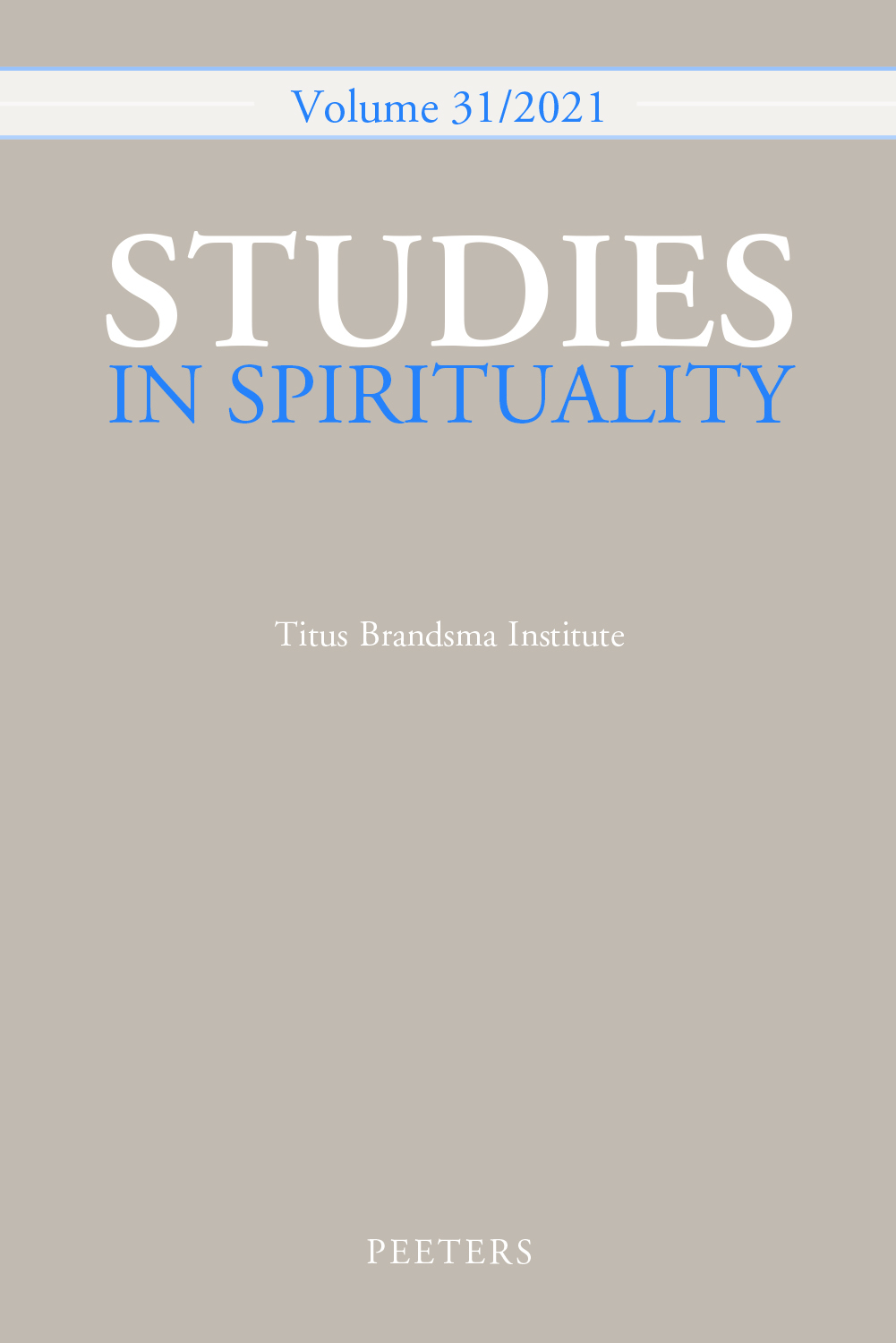 previous article in this issue previous article in this issue | next article in this issue  |

Preview first page |
Document Details : Title: Hermeneutics of Renewal Subtitle: Biblical Imagery and Tropes of Ecstatic Experience in Buber's Early Interpretation of Hasidism Author(s): URBAN, Martina Journal: Studies in Spirituality Volume: 15 Date: 2005 Pages: 19-53 DOI: 10.2143/SIS.15.0.2003467 Abstract : This article considers the introductory essay to one of Martin Buber’s earliest works on Hasidism, Die Legende des Baal Schem (1908). Entitled ‘Das Leben der Chassidim’, the essay presents a phenomenological account of what Buber regards to be the four main devotional values of Hasidism promoting ecstatic experience. Through a philological and semantic analysis of both the original Hasidic sources and their representation by Buber, I argue that his interpretive portrayal of Hasidism as well as his aesthetics of representation were guided by a ‘hermeneutics of renewal’. Specifically, I analyze the hermeneutic implications of Buber’s use of biblical and mystical metaphors and imagery as conveyed through Hasidic teachings. Buber employs biblical tropes as metaphoric expressions to describe Judaism through an ever-unique spiritual experience that evades representation in the written word. Figures of speech do not serve Buber principally to convey ideas but to induce the Westernized Jewish reader, who is no longer part of the text-centered culture that had defined Judaism over centuries, to have an experiential encounter with a text. In this creative exercise the image to be recognized rather than the precise wording of the text serves the function to mediate Hasidic teachings attesting to a unique lived experience to the Jewish reader and lays the ground for the renewal of Judaism as a spiritually meaningful experience. |
|


